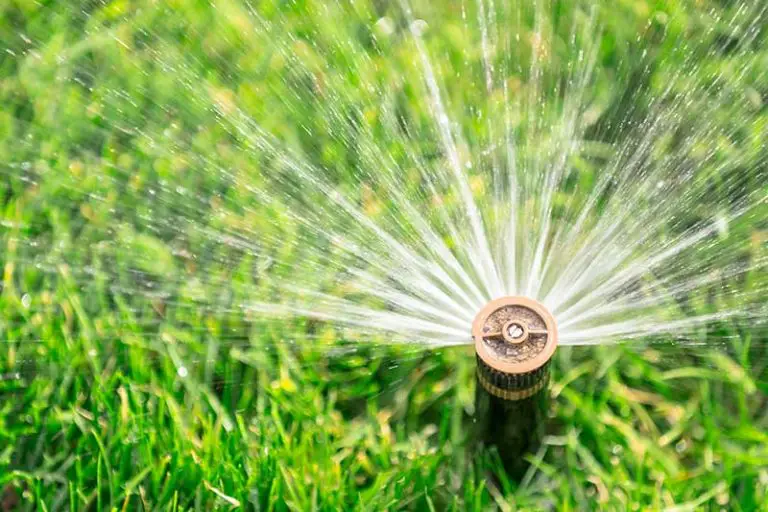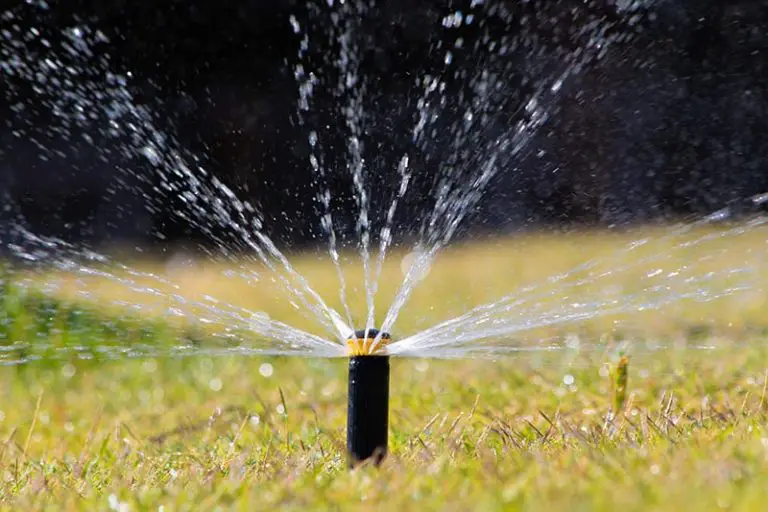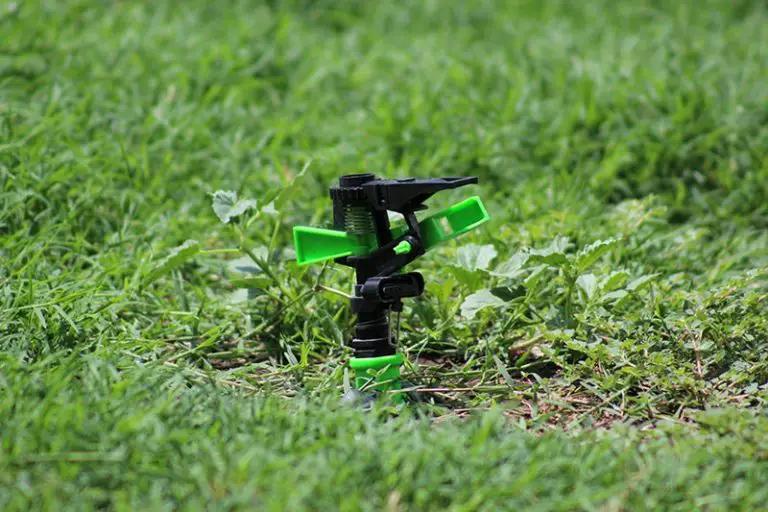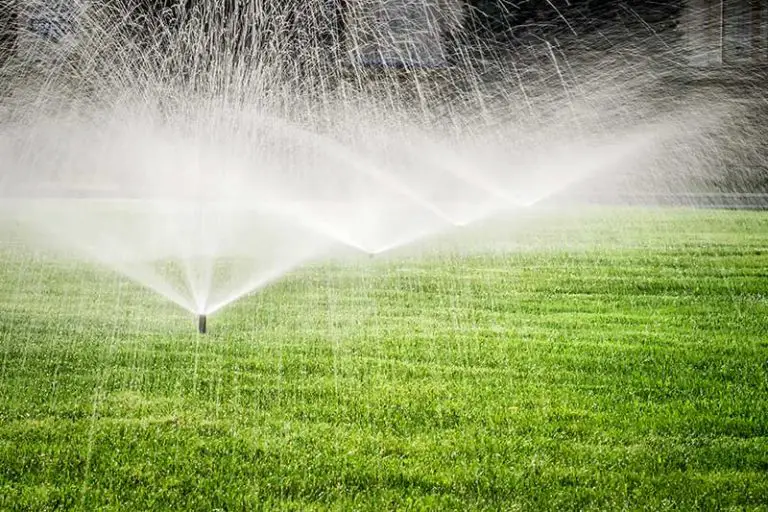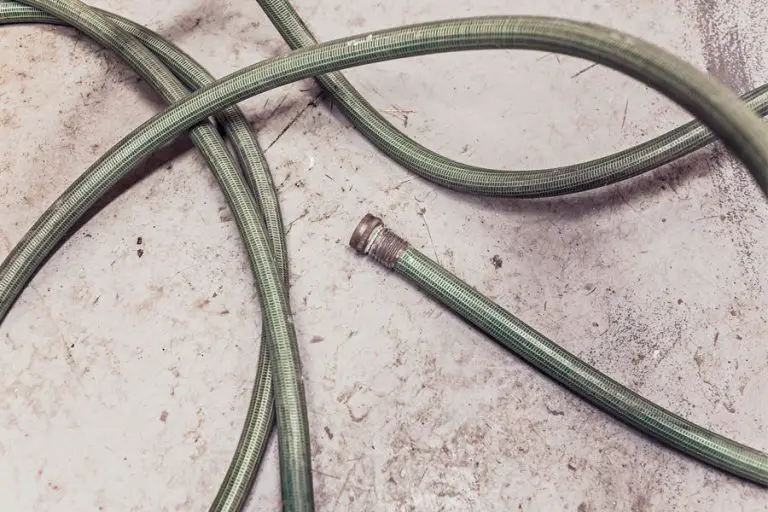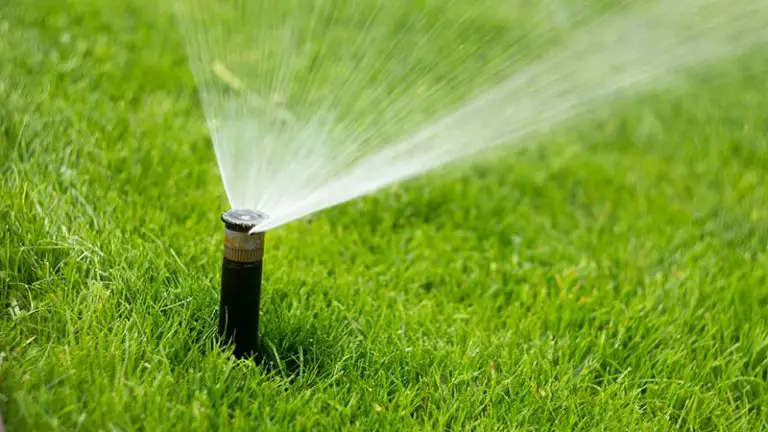Why Won’t My Sprinkler System Turn On?
Sprinklers are a reliable way of keeping your grass fresh and healthy. They can, however, prove to be high maintenance sometimes, especially when something goes wrong. When your sprinkler system refuses to turn on, it could lead to the eventual dehydration of your grass and lead to discoloration, and patchiness. All things that an irrigation system is installed to avoid. If your sprinkler system doesn’t turn on, there are a bunch of different ways you can troubleshoot the issue before calling for professional help.
There is a multitude of issues that can affect your sprinklers, but some of the most common ones involve the control timer being compromised or clogged sprinkler heads. The solutions to these problems range from completing a simple clean to replacing parts of the sprinkler system.
If your sprinkler system isn’t turning on, the most common causes are the following:
- Control timer not working
- Clogged or dirty sprinkler heads
- Otherwise broken or damaged sprinkler heads
- Broken supply pipe
- Issues with power supply
- Control valve box is faulty
- Low water pressure
Whilst some of these causes may seem hard to fix, they’re all replaceable components which can be easily bought and refitted onto your system. Of course, there will be some issues preventing your sprinkler system from being turned on that don’t fall under one of the previous categories, so if you’re worried that you can’t diagnose an issue with your sprinkler system, you should make sure to contact professionals who can help maintain and fix your irrigation system. Before making an appointment with professionals, however, it’s always good practice to inspect the damage yourself and see if you can find a possible solution to the problem.
Control Timer Not Working
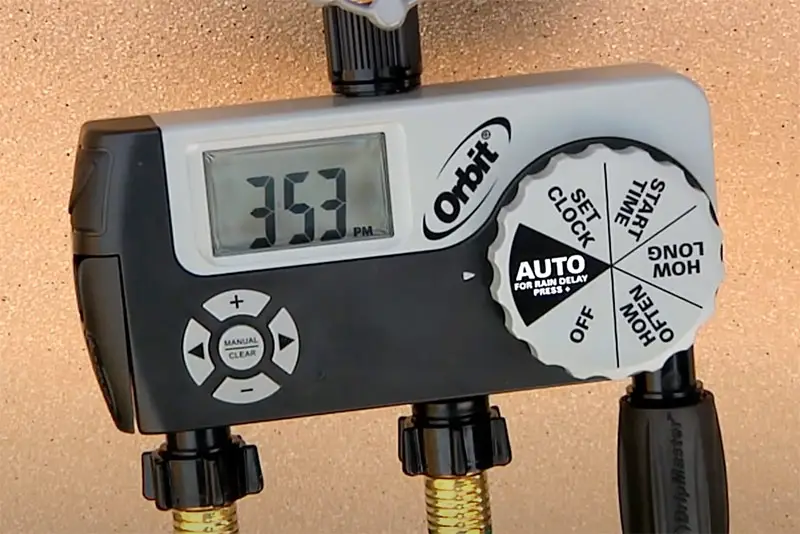
The way the system is programmed may be the cause of your faulty sprinkler system. It should always be the first point of call when inspecting the possible causes of a sprinkler system not turning on. The control timer is what keeps the system running at specific times and can control its on/off settings. If this is programmed incorrectly, the whole system may stop working as a result.
The control timer can be manually edited, and new data can be inputted. When troubleshooting, make sure that the timer has a valid start time and run time installed. In addition to this, your control timer may also require the days which should be used for watering listed. Leaving one of these values blank could prevent your sprinklers from turning on.
If your control timer is lacking any values, make sure to use your manual and add them. If the control timer itself is not turning on, it could be broken, or it could need new batteries.
Clogged or Dirty Sprinkler Heads
Dirt and clogging can affect one, two or all of your sprinkler heads if you’re unfortunate enough for them all to clog at similar times. This is quite a common occurrence, especially if there has been rainfall and mud has gotten into the system. Whilst clogged and dirty sprinkler heads might not be the most pleasant issue to deal with, it’s swiftly fixed. The steps for removing the head and cleaning it are often outlined in the sprinkler’s instruction manual.
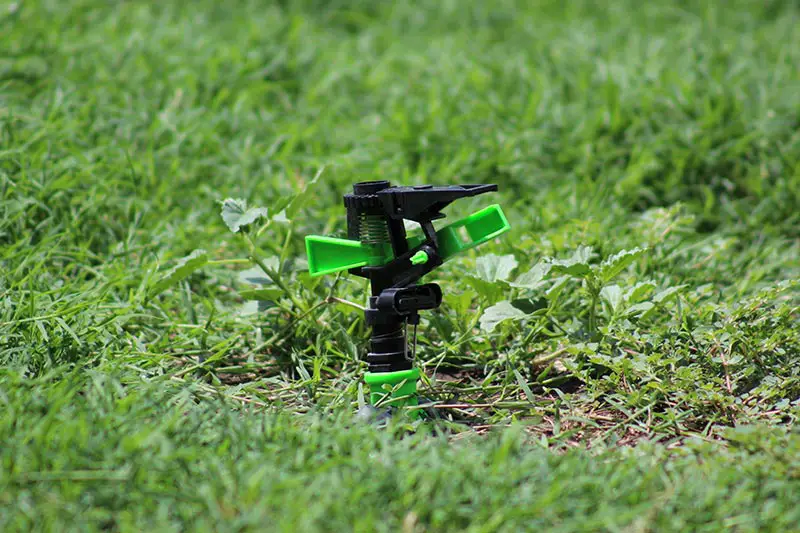
Broken or Damaged Sprinkler Heads
Broken or damaged sprinkler heads may prevent the correct amount of water from flowing through your sprinkler system. Whilst this is unlikely to affect all sprinkler heads at once, there is a chance that one or two have sustained damage, particularly due to a lawnmower.
In this case, the best solution is to simply buy a replacement head for your sprinkler.
Broken Supply Pipe
Broken supply pipes often occur due to tree or shrub roots squeezing them. They can also happen from freezing damage, or simply from wear and tear. A broken supply pipe can often be diagnosed by the event of water pooling in unusual places along the pipeline. If you do find that this is the issue affecting your sprinkler system, the two options available are to replace the pipe or to reroute the system. Both of these options, however, should be dealt with by a professional.
Issues With Power Supply
The power supply to your sprinkler system may be to blame if it won’t turn on. This issue can affect all sprinklers, or just a few. The voltage may be disrupted in some way, and may not be reaching certain sprinkler heads. The best way to check if this is the case is to use a multimeter to read your voltage supply. Knowing the voltage necessary for your sprinkler system is essential, as if the reader says the output is lower than what is needed, then the best course of action is to invest in another controller box.
Control Valve Box is Faulty
A faulty control valve box is a possible culprit, especially when your system stops working suddenly. The pressure of this valve needs to be correct for your sprinkler system to work correctly, so the pressure needs to be read using a multimeter. If the reading isn’t what it should be, a replacement will be needed for the valve’s solenoid.
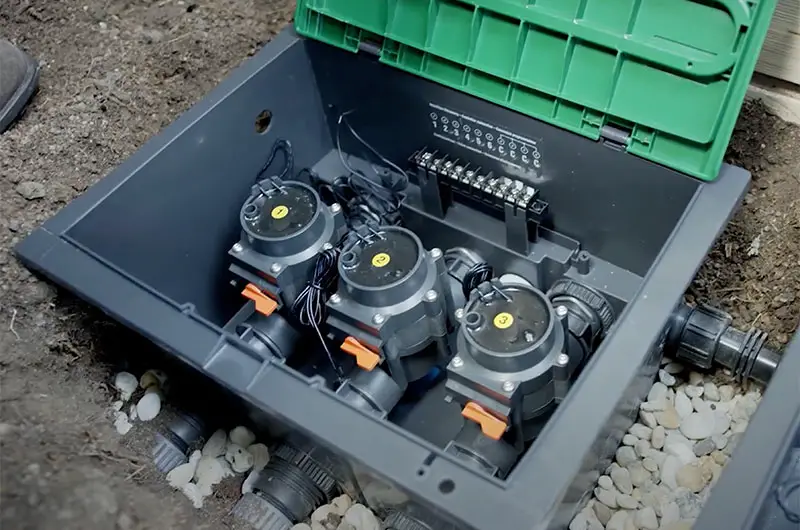
Low Water Pressure
Low water pressure may not prevent your sprinkler from producing water, but it will certainly make it less than efficient. There are a few different ways to increase water pressure to your sprinkler system; one of the most effective ways to increase water pressure to your sprinkler system is to ensure that all valves leading to it are opened fully. This includes both outdoor valves and supply valves that can be found inside the house, which lead to faucets.
Other Things that can Prevent a Sprinkler System from Turning On
Even though the previously discussed items are some of the more common reasons why a sprinkler system won’t turn on, there are a plethora of other reasons that can prevent it.
Sprinkler System’s Source is a Well
If your sprinkler’s source of water is a well, there’s a chance that won’t work on occasion due to the well being empty, or there may be issues with the pump.
Damaged Sensors
Some sprinkler systems have sensors which will automatically turn them off in the event of rainfall or snowfall. If your sprinklers refuse to turn on, your sensors may be telling your sprinkler system that it’s raining even when it isn’t.
Clogged Sprinkler Pipes
Clogged sprinkler pipes can occur when dirt or other debris makes its way inside the system. Whilst less common than clogged sprinkler heads occurring, the cleaning process for a clogged sprinkler pipe will often rely on removing the pipe and reinstalling it.
When to Call a Professional
If your sprinkler system doesn’t turn on, then the first course of action should be to try and determine what the cause of the issue is. This can be done by inspecting the system, looking out for some of the problems mentioned in this article. If no apparent cause can be found, or if you find the probable cause but do not have the means to fix it, then a professional should be contacted.
Final Thoughts
It’s always frustrating when something used for convenience, such as a sprinkler system, stops working. The best way to begin to decipher what the problem is is to consider the different segments that make up the system, and analyze them one by one, looking for what the issue may be. This may be time-consuming at points, but being able to identify and potentially fix the issue without assistance from a professional may save you time and money in the long run.

